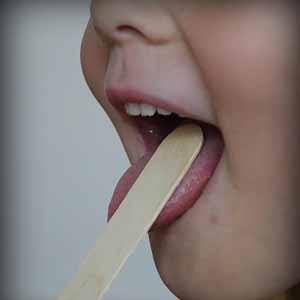Propofol versus lidocaine on prevention of laryngospasm in tonsillectomy: A randomized clinical trial

Submitted: 30 April 2022
Accepted: 15 May 2022
Published: 29 June 2022
Accepted: 15 May 2022
Abstract Views: 1359
PDF: 666
HTML: 26
HTML: 26
Publisher's note
All claims expressed in this article are solely those of the authors and do not necessarily represent those of their affiliated organizations, or those of the publisher, the editors and the reviewers. Any product that may be evaluated in this article or claim that may be made by its manufacturer is not guaranteed or endorsed by the publisher.
All claims expressed in this article are solely those of the authors and do not necessarily represent those of their affiliated organizations, or those of the publisher, the editors and the reviewers. Any product that may be evaluated in this article or claim that may be made by its manufacturer is not guaranteed or endorsed by the publisher.
Similar Articles
- Nahid Manouchehrian, Rohollah Abbasi, Nasrin Jiryaee, Roya Mohammad Beigi, Comparison of intravenous injection of magnesium sulfate and lidocaine effectiveness on the prevention of laryngospasm and analgesic requirement in tonsillectomy , European Journal of Translational Myology: Vol. 32 No. 4 (2022)
You may also start an advanced similarity search for this article.

 https://doi.org/10.4081/ejtm.2022.10581
https://doi.org/10.4081/ejtm.2022.10581



